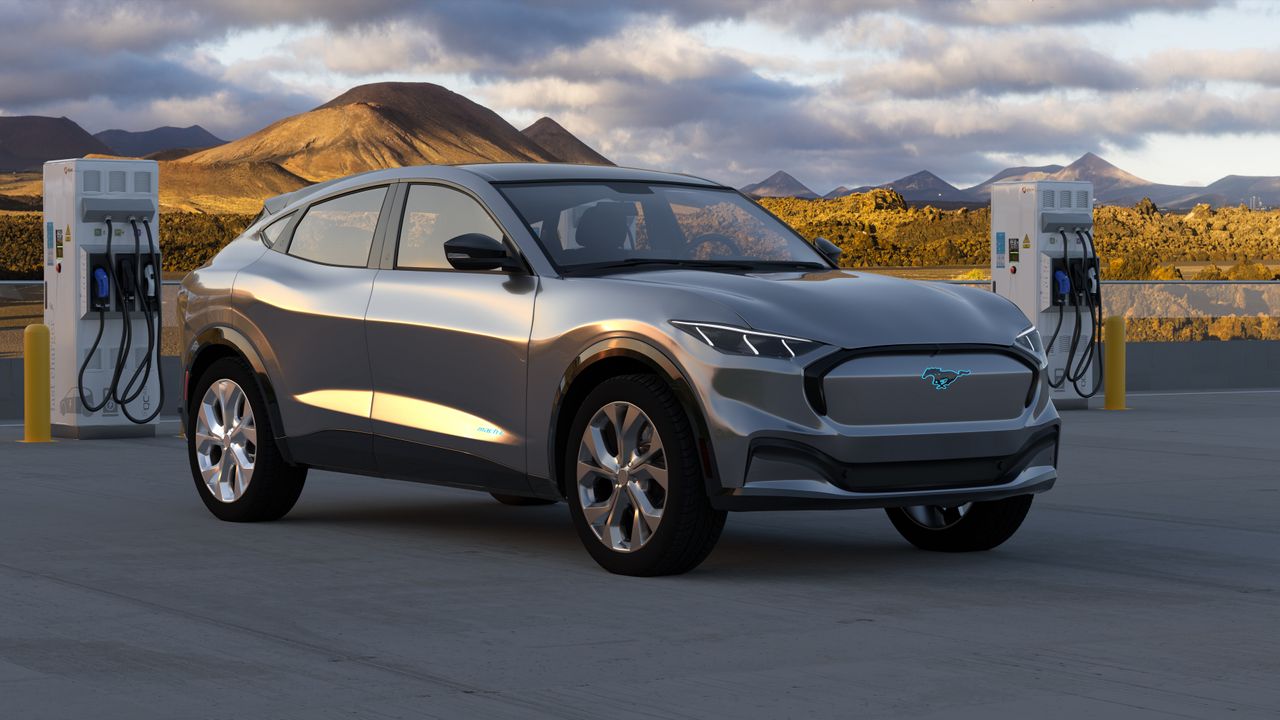Electric Vehicle Charging at Home: Options and Considerations
With the growing popularity of electric vehicles (EVs), more and more people are considering the convenience of charging their vehicles at home. Residential charging provides EV owners with the flexibility to charge their vehicles at their own convenience, without having to rely solely on public charging stations. In this article, we will explore the various options and considerations for electric vehicle charging at home, including charge scheduling and home energy management.
Residential Charging Options
When it comes to charging an electric vehicle at home, there are several options to consider:
- Level 1 Charging: This is the most basic form of residential charging and involves plugging your EV into a standard household outlet. Level 1 charging typically provides a charging rate of around 2-5 miles of range per hour, making it suitable for overnight charging or for those with low daily driving needs.
- Level 2 Charging: Level 2 charging requires the installation of a dedicated charging station, which can provide a charging rate of up to 25 miles of range per hour. This option is ideal for EV owners who require faster charging times or have longer daily commutes. Level 2 charging stations can be installed in a garage or outdoors, depending on the specific requirements.
- Level 3 Charging (DC Fast Charging): Level 3 charging, also known as DC fast charging, is the fastest charging option available for residential use. It can provide a significant amount of range in a short period, typically around 60-80 miles in just 20 minutes. However, Level 3 charging stations require specialized equipment and are more commonly found in public charging stations rather than residential settings.
Charge Scheduling
Charge scheduling allows EV owners to optimize their charging times to take advantage of lower electricity rates or to ensure that the vehicle is fully charged at specific times. Many EVs and charging stations offer built-in scheduling features, allowing users to set charging times according to their preferences.
By scheduling charging during off-peak hours, EV owners can take advantage of lower electricity rates, saving money in the long run. Additionally, scheduling charging during times when renewable energy sources, such as solar or wind, are more abundant can help reduce the carbon footprint associated with charging an electric vehicle.
Home Energy Management
Home energy management systems can play a crucial role in optimizing electric vehicle charging at home. These systems allow EV owners to monitor and manage their home’s energy consumption, including the charging of their vehicles.
By integrating an electric vehicle charger with a home energy management system, users can have better control over their energy usage. These systems can prioritize charging during times when renewable energy generation is at its peak or when electricity demand in the home is low, ensuring efficient and sustainable charging.
Furthermore, home energy management systems can provide real-time data on energy consumption, allowing EV owners to track their charging costs and make informed decisions about their charging habits. Some systems even offer mobile apps that enable users to monitor and control their charging remotely.
Conclusion
Electric vehicle charging at home provides EV owners with convenience and flexibility. By understanding the different options available, such as level 1 and level 2 charging, and considering factors like charge scheduling and home energy management, EV owners can optimize their charging experience while minimizing costs and environmental impact.
Whether you choose to charge your electric vehicle using a standard household outlet or invest in a dedicated charging station, residential charging is a practical and efficient way to power your electric vehicle at home.
